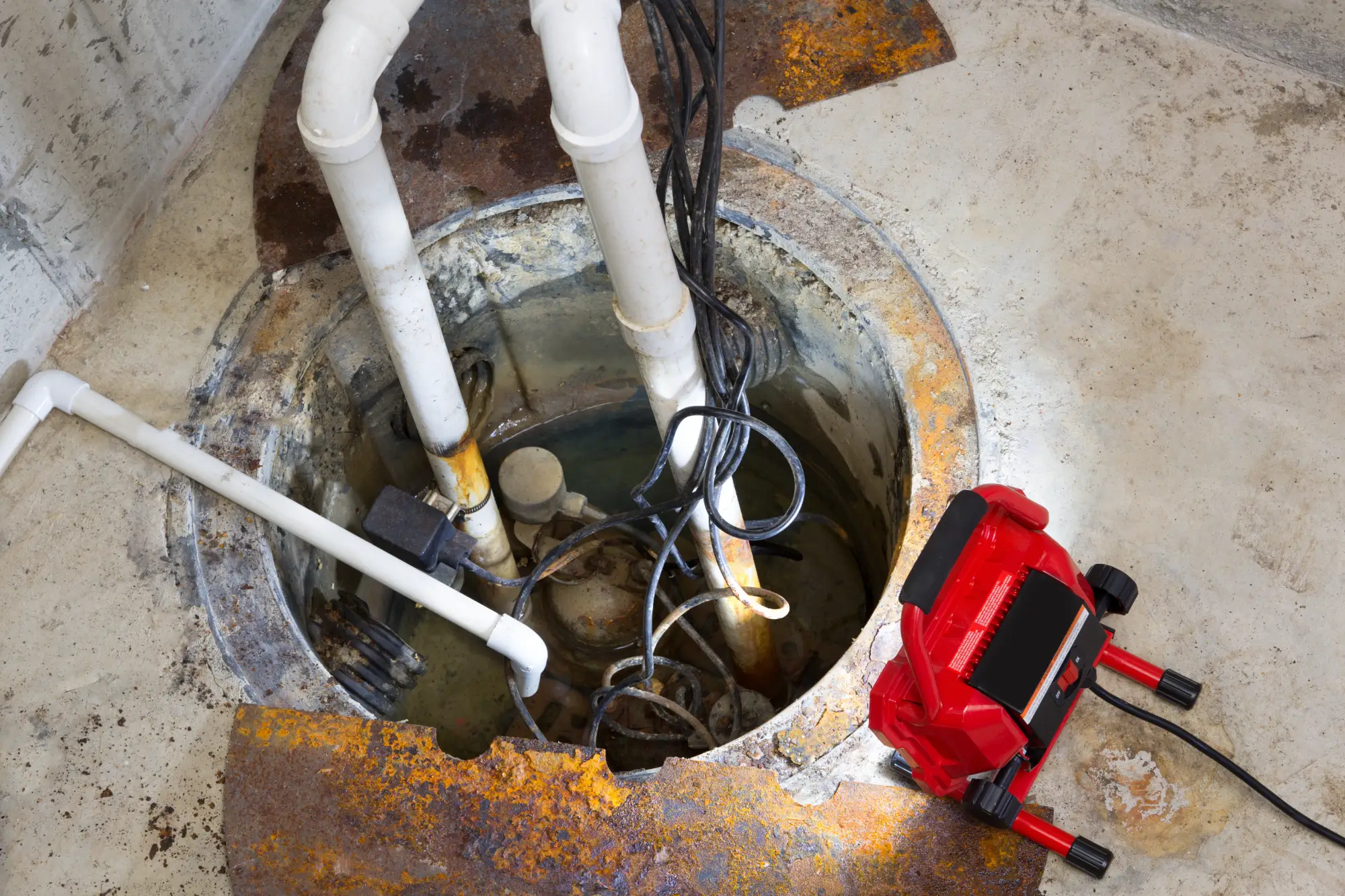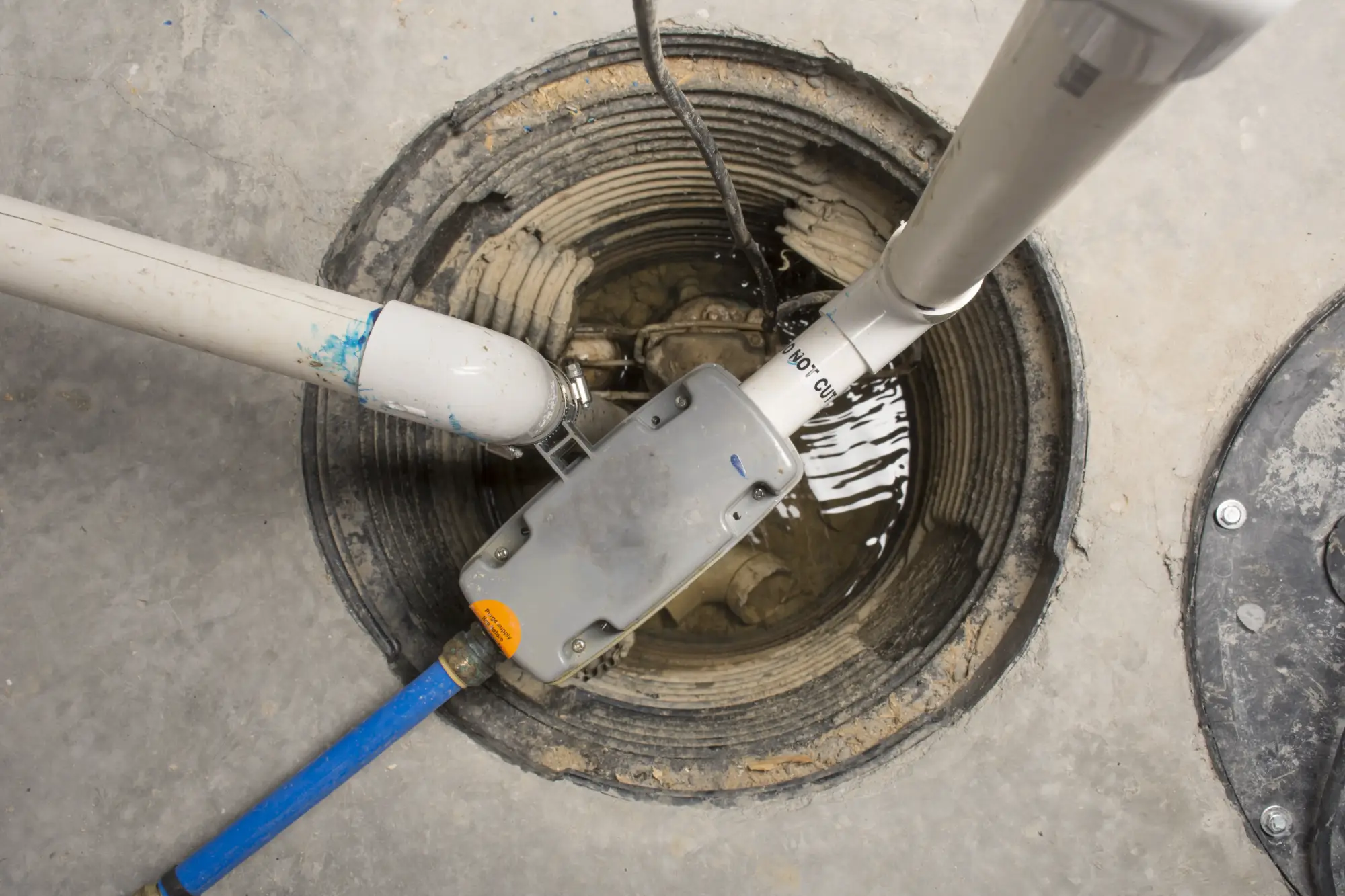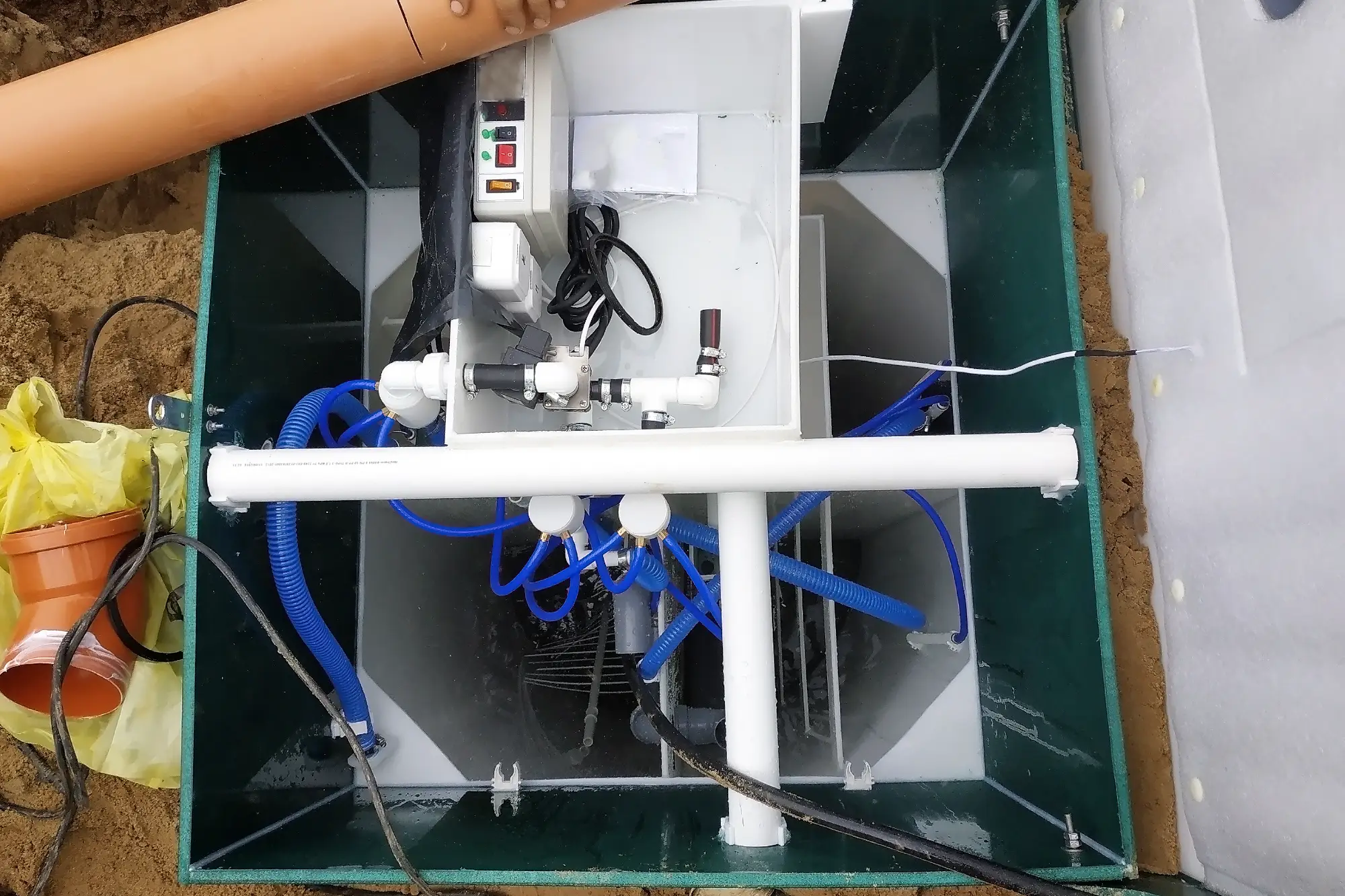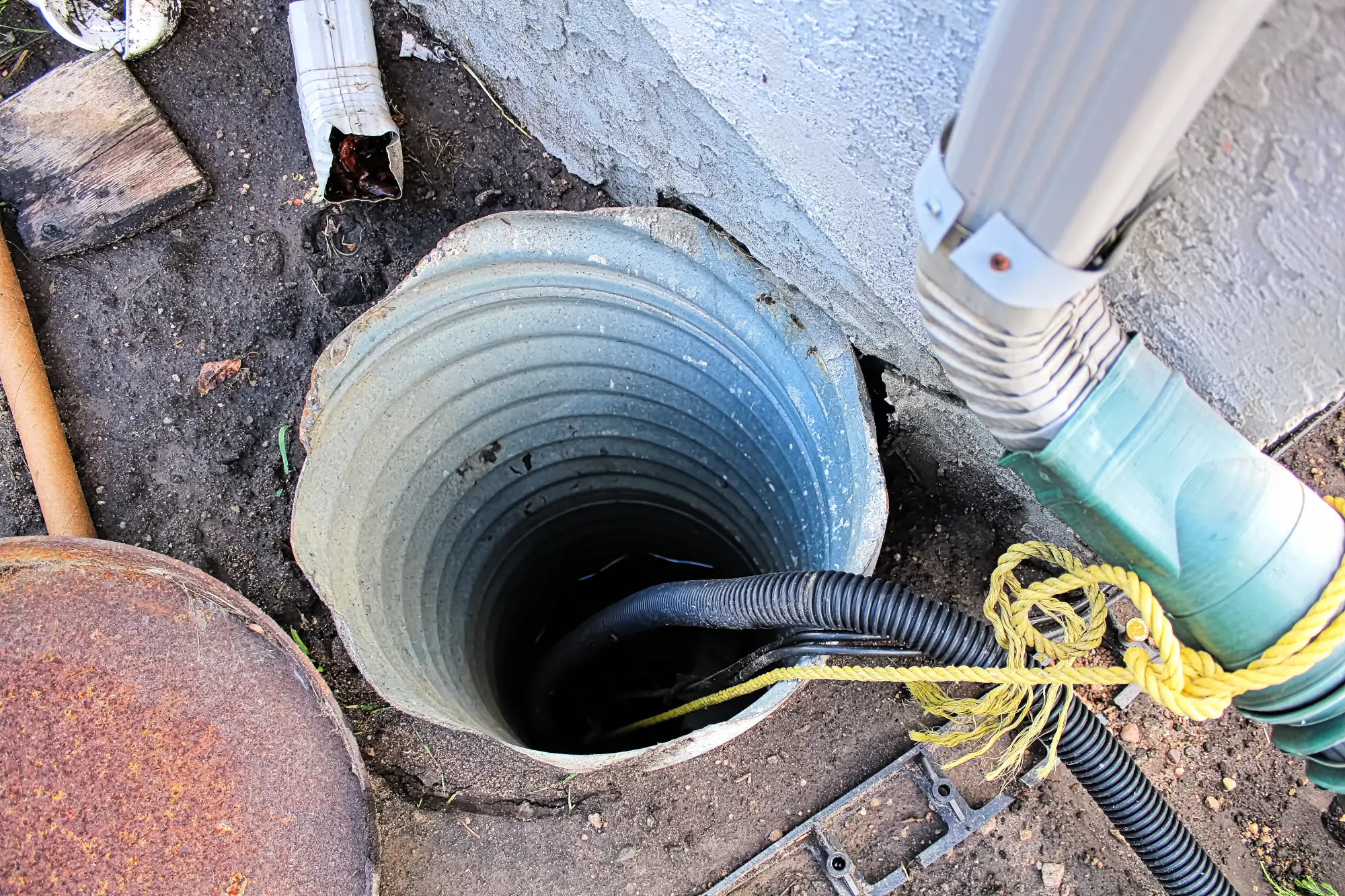Sump Pump Installation in New Hyde Park, NY
Stop Basement Flooding Before It Starts
Custom sump pump systems that actually work when Long Island storms hit hardest.

Hear About Us

Basement Protection New Hyde Park
You’ll sleep through storms instead of lying awake wondering if your basement is flooding. No more rushing downstairs during heavy rain to check for water. No more moving everything off the floor every time the weather forecast looks bad.
Your basement becomes usable space again. Store holiday decorations, tools, and furniture without worrying about water damage. Set up that workshop or playroom you’ve been planning.
The constant stress disappears. You know your sump pump system is sized right for your home and installed properly to handle whatever weather Long Island throws at it.
Sump Pump Company New Hyde Park
Diamond Masonry & Waterproofing LLC has been protecting Nassau County basements for years. We understand how Long Island’s water table, soil conditions, and storm patterns affect your home.
We’re not general contractors who do a little bit of everything. Basement waterproofing and sump pump installation is what we do. Every system we install is custom-designed for your specific basement layout and water management needs.
You’re working with licensed, insured professionals who live and work in the community. We’ll be here when you need service or have questions.

Sump Pump Installation Process
We start with a thorough basement inspection to identify the lowest point and determine the best sump pit location. We check your existing drainage, measure water flow patterns, and assess your electrical setup.
Next, we excavate the sump pit to the proper depth and install a durable liner. We connect the drainage system to direct water into the pit and install your high-capacity sump pump with appropriate discharge piping.
The discharge line runs to an appropriate outdoor location away from your foundation. We install a battery backup system so your pump works even during power outages. Finally, we test the entire system to make sure everything operates correctly and quietly.

Ready to get started?
Explore More Services
About Diamond Masonry & Waterproofing
Get a Free Consultation
Basement Sump Pump Systems
Every sump pump installation includes a properly sized pit, high-quality pump, battery backup system, and complete discharge piping. We use reliable equipment that’s built to handle Long Island’s challenging conditions.
You get a system designed specifically for your basement’s size and water management needs. We don’t use one-size-fits-all approaches because every basement is different. Your discharge planning takes into account your property’s drainage and local regulations.
We handle all the electrical work, including GFCI protection and proper connections for both the primary pump and battery backup. The installation includes testing, cleanup, and a walkthrough so you understand how your new system operates.

How long does sump pump installation take in my basement?
What size sump pump do I need for my New Hyde Park home?
Do I really need a battery backup sump pump system?
How often does my sump pump need maintenance or replacement?
Where does the water go when my sump pump runs?
What happens if my sump pump fails during a storm?
Local Resources
- Google Map Link
- Find the New Hyde Park, NY USPS
- Locate Nearby New Hyde Park, NY Pharmacies
- View the Current Weather in New Hyde Park, NY
- New Hyde Park, NY is located in Nassau county in New York State